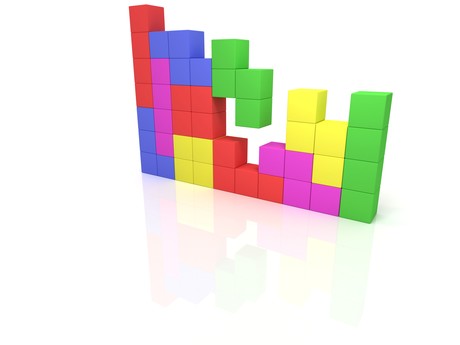Autonomous breast cancer detection program evokes Tetris

Researchers from the University of Adelaide’s Australian Institute for Machine Learning (AIML) have developed a fully automated medical image analysis program to detect breast tumours — and its method may seem a little familiar.
In conjunction with an MRI scan, the AI-based autonomous program employs the traversal movement and style of a retro video game to examine the breast area. It was developed by University of Adelaide PhD candidate Gabriel Maicas Suso and AIML Associate Professor Gustavo Carneiro.
“Just as vintage video game Tetris manipulated geometric shapes to fit a space, this program uses a green square to navigate and search over the breast image to locate lesions,” said Maicas Suso. “The square changes to red in colour if a lesion is detected.”
The researchers created the program by applying deep reinforcement learning methods, a form of artificial intelligence that enables computers and machines to learn how to do complex tasks without being programmed by humans. As a result, the program can independently analyse breast tissue.
Critically, they were able to train the computer program with a relatively small amount of data, which is a challenge in medical imaging. Assoc Prof Carneiro said, “By incorporating machine learning into medical imaging analysis, we have developed a program that intuitively locates lesions quickly and accurately.”
How quick? According to Maicas Suso, “Our research shows that this unique approach is 1.78 times faster in finding a lesion than existing methods of detecting breast cancer, and the results are just as accurate.”
Assoc Prof Carneiro noted that more research is needed before the program could be used clinically. The ultimate aim, he said, “is for this detection method to be used by radiologists to complement, support and assist their important work in making a precise and quick prognosis”.
'Phantom chemical' in drinking water finally identified
Researchers have discovered a previously unknown compound in chloraminated drinking water —...
Flinders facility to use the micro realm to understand the past
AusMAP aims to revolutionise the ways scientists address key questions and grand challenges in...
A new, simpler method for detecting PFAS in water
Researchers demonstrated that their small, inexpensive device is feasible for identifying various...




